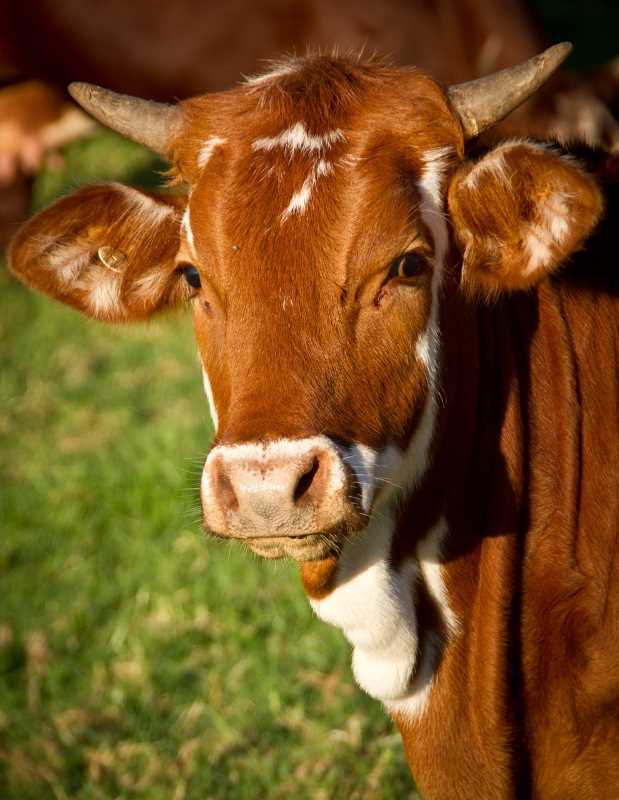How to Stay Safe from Zoonotic Disease Attacks
Zoonotic diseases pose a significant global threat, exemplified by the Covid-19 pandemic. Prevention lies in education, safe practices, and harmonious human-animal coexistence to safeguard public health and reduce risks.

World Zoonosis Day, observed on July 6th, is a poignant reminder of the dangers posed by zoonotic diseases, which are infections transmitted between vertebrate animals and humans. The ongoing Covid-19 pandemic, impacting over 690 million people and claiming almost seven million lives worldwide, exemplifies the devastating consequences of such diseases. While zoonotic diseases pose significant challenges due to their complexity and multifactorial nature, there are steps we can take to prevent and mitigate their occurrence.
Zoonotic Diseases
More than 200 zoonotic diseases have been recognized by the World Health Organization, involving various microorganisms like bacteria, viruses, parasites, and prions. These pathogens can reach humans through different routes, such as inhalation, ingestion, contact with body fluids, contaminated food and water, and transmission via insects. Some well-known zoonotic diseases include rabies, typhoid fever, salmonellosis, brucellosis, Ebola, and tuberculosis. Zoonotic diseases are challenging to control and prevent due to their intricate nature and multiple contributing factors. Key factors include:
Human-Animal Coexistence: Humans often interact with animals out of necessity or pleasure, leading to increased zoonotic risks, especially in intensive animal production settings.
Contact with Pets and Endemic Areas: Close contact with pets and occasional visits to areas with endemic diseases or exotic animals can be sources of zoonotic infections.
Food Safety Practices: Inadequate food safety practices can turn food and water into intermediaries for zoonotic infections.
Pathogen-Specific Prevention: Each pathogen demands tailored prevention methods based on its biological characteristics and dispersal modes in the environment.
Education Gap: Lack of awareness about zoonotic diseases, their transmission, and prevention methods contributes to their spread.

Mitigating the Risks
Although eliminating zoonotic diseases entirely remains a challenge, adopting preventive practices at both community and personal levels can help reduce their frequency significantly. Some effective measures include:
Livestock Production Guidelines: Establishing safe and appropriate guidelines for animal care during rearing and slaughter in livestock production, following health and safety programs mandated by regulatory bodies.
Agri-Food Sector Compliance: Ensuring compliance with regulatory programs and implementing voluntary food safety measures to minimize food contamination risks.
Public Education: Educating the public about the potential dangers of consuming contaminated food and water, while providing guidance on prevention strategies to prevent infectious outbreaks.
Environmental Protection: Addressing issues like drinking water standards, proper industrial and urban waste disposal, and safeguarding surface water in natural environments.
Hygienic Habits: Launching educational campaigns promoting hygienic practices when interacting with animals, including avoiding contact with pet body fluids and maintaining clean pet spaces.
Preventive Measures During Travel: Being cautious while visiting areas with intensive livestock production, endemic diseases, or wildlife sanctuaries by taking appropriate preventive measures.
The Way Forward
The Covid-19 pandemic has underscored the critical need for humans to coexist with animals in a balanced and harmonious manner. To achieve this, we must reform patterns of intensive animal production and consumption, limit urbanization in virgin territories, and minimize interference with wild animal species. Equally important is the dissemination of accurate information on the causes, consequences, and prevention of zoonotic diseases. By collectively learning, applying, and sharing knowledge enthusiastically, we can take meaningful steps to safeguard global health.
Zoonotic diseases present a significant threat to humanity, as exemplified by the ongoing Covid-19 pandemic. While complex and multifactorial, the risk of zoonotic infections can be mitigated through collective efforts and informed actions. By adopting preventive measures, implementing safety protocols, and educating the public, we can minimize the impact of zoonotic diseases on communities worldwide. By acknowledging the importance of harmonious coexistence with animals and prioritizing health and environmental protection, we can create a safer and healthier future for all.
Full Citation: Oficina de Prensa y Colaboradores “¿Qué Son Las Enfermedades Zoonóticas Y Cómo Podemos Prevenirlas?” — Centro De Investigación En Alimentación Y Desarrollo (CIAD), 7 July 2023, www.ciad.mx/que-son-las-enfermedades-zoonoticas-y-como-podemos-prevenirlas.




